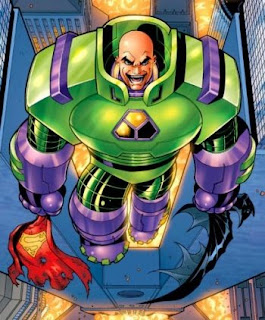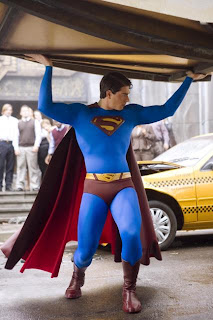It's a curious, sometimes uncomfortable mix of having been genuinely excited about a film from the very first time news broke of its making, while at the same time being conflicted about the knowledge that eventually, I would be sitting in a darkened theatre, watching the creative swan song of a person who was no longer in the world, the final celluloid legacy left behind for future generations.
It happened with
The Twilight Zone. It happened again—more acutely—with Alex Proyas’
The Crow.
Ultimately, the difference with
The Dark Knight though, is that Heath Ledger’s performance as the mad, bad, and dangerous to know Arkham escapee, the Joker, is one of those rare cinematic portrayals where the actor is so completely subsumed into the role, that he virtually disappears.*
+joker.jpg)
Watching the disturbing and terrifying antics of the Joker was exactly that: being witness to the confounding actions of a madman. I wasn’t watching the work of an actor cut down in his prime. Within the context of
The Dark Knight, there was no Heath Ledger.
There was no actor here, only this anarchic, disfigured bugaboo that seemed to be nothing so much as an avatar of insanity, without even the humanizing characteristics of an identity or a proper history.
And if that was all that
The Dark Knight was about, it would already be a film worth watching.
The thing is, it’s so very much more.
+3.jpg)
Picking up more or less where
Batman Begins left us—Wayne Manor is still being rebuilt, the Arkham inmates let loose during Ra’s al Ghul’s climactic attack are still roaming free—we rejoin Bruce Wayne’s crusade to clean up Gotham’s streets, even as he has to contend with the changes—both good and bad—his arrival on the scene has wrought on the city.
As if the Joker wasn’t already more than enough to deal with…
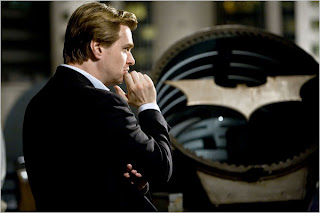.jpg)
What amazes me most I suppose about
The Dark Knight, is that DC and Warner Bros. gave Christopher Nolan the freedom to craft a comic book film as dark and complex as this.
This is clearly not the same PG-13 world where Marvel is apparently taking their heroes. This is also not a carefree, mindless exercise in four-colour fisticuffs.
This is a film that explores the moral and ethical complexities of a vigilante’s life: where are the lines drawn? What happens when you inspire people, but not quite in the way you’d hoped? What is the price to be paid for living outside the law?
The Dark Knight asks these questions—and so many others—in a solid 2 hours and 32 minutes, that, while admittedly getting a slow but steady ramp-up during its opening act, becomes a relentless and riveting experience once the Bat returns from his brief Hong Kong sojourn.
While
Batman Begins proved to be thematically cohesive,
The Dark Knight not only achieves that—no small feat, considering the surfeit of clumsy and blatantly manipulative scripts which inform many a superhero film—but also ups the ante considerably by posing the difficult questions, by exploring the tangled intricacies of morality behind a mask.
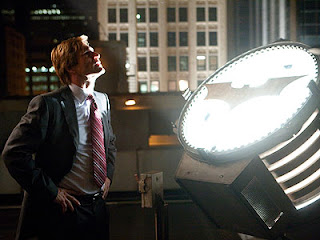+harvey+dent.jpg)
And not only do we see Bruce Wayne’s increasingly tortured and fractured existence unwind before our eyes, we are also privy to the other people in his life and how the sea change in the city impacts on them.
There’s Gary Oldman's Lt. Gordon, there’s Michael Caine's Alfred, there's Morgan Freeman's Lucius, and there’s Rachel (a role now taken over by the amazing Maggie Gyllenhaal).
More pointedly though, we see the entire character arc of new District Attorney Harvey Dent (the equally amazing Aaron Eckhart), taking him from the valiant White Knight of Gotham—attempting to do, within the strictures of the law, the same thing Batman is doing—to the inevitable and cruel turn that will transform him into Two-Face, arguably the most tragic supervillain ever to grace the silver screen. (His only real competition is
Spider-Man 2’s Doc Ock, and the Doc has the misfortune of appearing in a film I have some major issues with.)
It’s one of the many delights of
The Dark Knight that just as we’re privy to the exact series of events that turn Harvey into Two-Face, the Joker is presented as a psychopathic cipher, without even an origin to ground him, elevating the character into an agent of anarchy, a catalyst, to draw out the worst in people.
And just as the film gives us a sometimes raw and unsettling look at the deviant criminal’s psyche, in it, we’re also shown a city and its people literally under siege, brought to the teetering edge where one can either rise above, or tear one’s neighbour—and ultimately, one’s self—to shreds.
Here, not only is the eternal struggle of light and dark waged in the characters’ souls, it’s also fought in the film’s setting, on Gotham’s streets, as well as within the very fabric of the city’s society, where the everyman is also given the choice, of which side of the coin he chooses to fall, in light of the alternatives presented to him.
+2.jpg)
While I sometimes thought that in
Batman Begins, we were merely told—and through the film’s visuals, shown—how Gotham was corrupt and unhealthy, without actually
feeling it, in
The Dark Knight, the sense of a city and populace riddled with crime and strife, is horrifyingly palpable, tied into the narrative as it is.
Nolan effectively paints the portrait of a society so dark and compromised, its hero turns out to be one of shadows and childhood traumas, whose main weapons are fear and a billionaire’s bank account.
And terribly, it all makes sense.
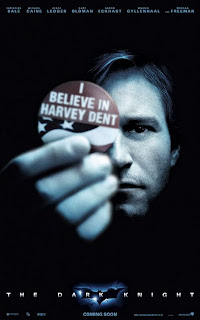+two+face+(Intralink+Film+Graphic+Design).jpg)
In
The Dark Knight, we’re given a film that may seem, visually, lighter than its predecessor, but is genuinely darker, befitting the complex psychologies evident in Batman’s comic book incarnation.
It’s a film where choices are constantly being made, pivotal, life-altering choices, that can change the nature of the game on the turn of a dime.
With it, Nolan and his trusted crew which include brother and co-writer Jonathan, Oscar-nominated cinematographer Wally Pfister, editor Lee Smith, and production designer Nathan Crowley, have given us a superhero film uncompromising in its vision and intent.
Like its predecessor—and Bryan Singer’s
Superman Returns—it’s also a superhero film clearly aimed at adult sensibilities.
+5.jpg)
In many ways—perhaps even all—
The Dark Knight doesn’t play like your average spandex adaptation. There’s nothing remotely easy about this one, all the victories either hard-won, or outright pyrrhic.
Like
Batman Begins, it’s grandiose, and operatic. But here the tragedy is more brutally delineated, the costs of heroism steeper, the sacrifices weightier.
This is
The Dark Knight you’ve been waiting for.
Don’t say I didn’t warn you.
.jpg)
* I never saw any of Brandon Lee’s work before
The Crow, so I couldn’t really judge how much of what I saw on the screen was Lee and how much was Eric Draven…
It was, nonetheless, a very good performance as well.
Parting shot: Reviews of
Batman Begins (as well as Nolan’s
The Prestige) can be found in the Archive.
I’ve also already seen the
anime tie-in,
Gotham Knight, though underwhelmed as I was by it, I couldn’t motivate myself enough to sit down and write a review for it. Now, having seen
The Dark Knight, I could be even harsher with it than I might have originally been inclined…
(Images courtesy of impawards.com [
The Dark Knight OS’s, designs by BLT & Associates and Intralink Film Graphic Design]; ew.com [Heath Ledger as the Joker; Aaron Eckhart as Harvey Dent]; cinematical.com [Heath Ledger as the Joker and Christian Bale as Batman; Christian Bale as Batman]; nytimes.com [Christopher Nolan on the set of
The Dark Knight]; time.com [Christian Bale as Batman; Heath Ledger as the Joker].)


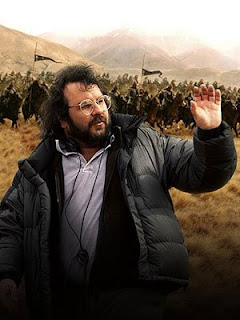.jpg)
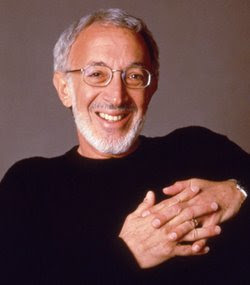.jpg)
.jpg)
+dvd+blog.jpg)

+4.jpg)

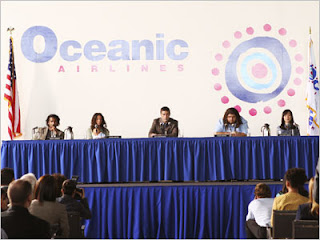+o6.jpg)
.jpg)
+hugo.jpg)
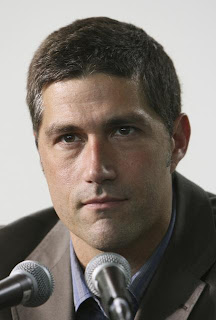+jack.jpg)
+sayid.jpg)
+kate-aaron.jpg)
+sun.jpg)
+blog.jpg)
+3.jpg)
+3+blog.jpg)
+blog.jpg)
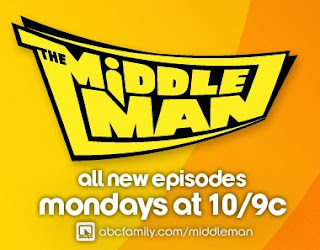
.jpg)
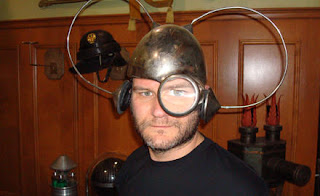.jpg)
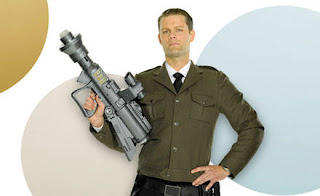+middleman.jpg)
+blog.jpg)


.jpg)

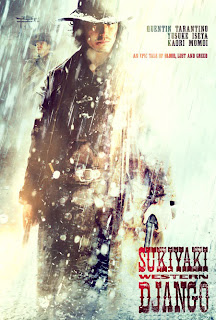.jpg)
+batman+2+(BLT+%26+associates).jpg)
+joker.jpg)
+3.jpg)
.jpg)
+harvey+dent.jpg)
+2.jpg)
+two+face+(Intralink+Film+Graphic+Design).jpg)
+5.jpg)
.jpg)
.jpg)
+dvd.jpg)
.jpg)
.jpg)
+1+blog.jpg)

+1.jpg)
+dvd+blog.jpg)

